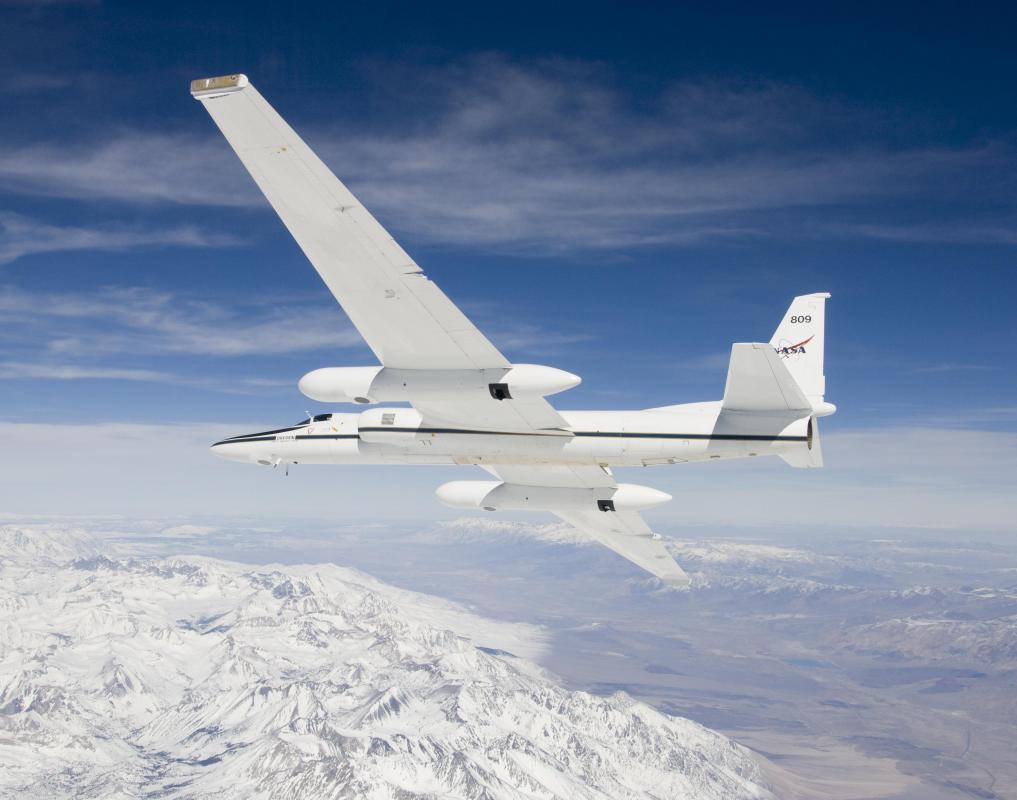As more and more private enterprises send civilians into space—Jeff Bezos wants to begin tourist flights within a year, Richard Branson is hoping for six months and Elon Musk is determined to do it at some point—there are some very unpleasant realities prospective passengers must confront. One of those is space sickness.
“I can see all these problems with people up there and throwing up and messing up somebody’s flight that they paid $250,000 for,” said Dr. Anna Fisher during an interview with The Telegraph. Fisher completed a spaceflight abroad NASA’s Discovery space shuttle in 1984 and was the first mother to visit space. “If you think throwing up is bad here on the ground, it’s really bad in space.”
Space adaptation syndrome (SAS) is a very real afflicition. Astronauts undergo training for years to make sure they can withstand the abnormal effects of being in space, which includes changes in cardiovascular activity, vision, bone density and respiratory function. The nausea and vomiting associated with space sickness is due to the body’s vestibular system, explains CNet, which is what helps you keep your balance on the ground. In space, it encounters a lack of gravity for the first time. This could be a major problem for space tourists, who, unlike astronauts, do not undergo extensive training strapped into a machine that helps their body simulate weightlessness.
One of the best things about flying to space is that I don’t have to do THIS any more for 10 minutes every day #horizons #SoyuzMS09 pic.twitter.com/s9eLgZQ33i
— Alexander Gerst (@Astro_Alex) June 3, 2018
Thanks for reading InsideHook. Sign up for our daily newsletter and be in the know.


















